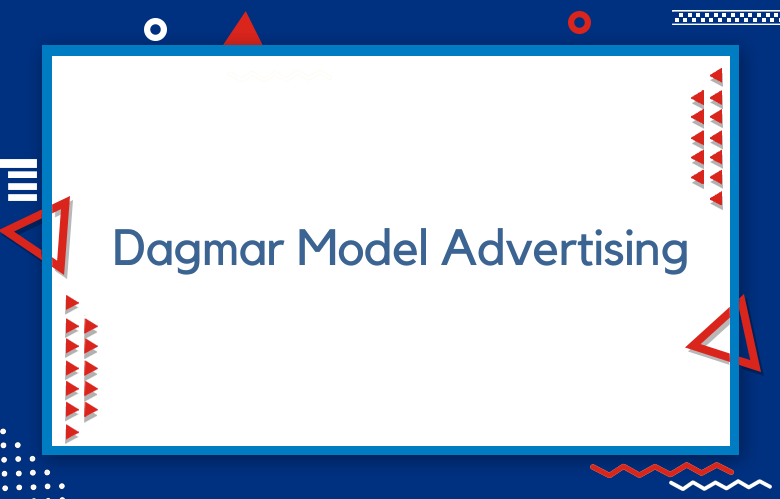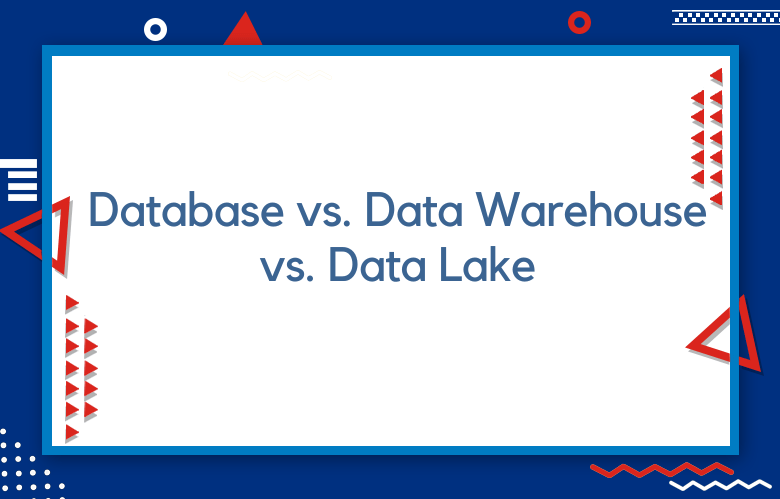What is the Dagmar Model of Advertising?

Marketing has rapidly evolved, with many businesses vying for consumers’ attention. Modern-day advertising strategies aim to impact the audience and make the brand stand out.
One such advertising strategy is the DAGMAR model, which Russell Colley developed in 1961 and has been gaining prominence ever since.
The DAGMAR model is a comprehensive thinking process that helps businesses identify their advertising goals and objectives.
It is a complete guide for businesses that want to use the DAGMAR model in their advertising strategy. We’ll explore the model, its underlying principles, its benefits, and how to implement it.
What is the DAGMAR Model?
The DAGMAR model is an acronym for Defining Advertising Goals for Measured Advertising Results.
This model suggests that the primary objective of advertising is to communicate with the audience effectively.
The model aims to identify the stages of consumer involvement, considering the audience’s awareness, comprehension, conviction, and, ultimately, action.
The core of this model is the use of specific and measurable objectives that guide advertising campaigns.
The model’s framework suggests that advertising can only be successful if it achieves its goals and generates a measurable return on investment (ROI).
How does the DAGMAR model work
The DAGMAR model is built on four stages: awareness, comprehension, conviction, and action.
In the first stage, an advertiser’s primary focus is to build awareness of the product or service they are promoting.
In the second stage, the advertiser seeks to increase understanding of the product or service, its features, and its benefits.
In the third stage, the advertiser aims to build conviction amongst the target audiences. Lastly, in the final stage, the advertiser triggers action amongst the target audience to purchase the product.
Awareness:
In this stage, the advertising aim is to make the target audience aware of the product or service offered.
Comprehension:
In this stage, the advertising aim is to build an understanding of the product or service offered and why it’s better than alternatives.
Conviction:
At this stage, the advertising aim is to build customer preference by promoting the product or service’s unique properties and benefits.
Action:
In this stage, the advertising aim is to encourage customers to take action by buying the product or signing up for a service.
Dagmar Model of Advertising: A Comprehensive Guide to Achieving Your Marketing Goals
An effective advertising campaign requires understanding your target audience’s characteristics, preferences, and behavior.
The Dagmar model of advertising is a widely used framework that helps marketers achieve their advertising goals by specifying the communication objectives and the strategies for reaching them.
The Dagmar model allows businesses to define clear and measurable benchmarks for their campaigns, set expectations, and ultimately evaluate the effectiveness of their marketing efforts.
This comprehensive guide will explore the principles of the Dagmar model and how it can help you optimize your advertising strategy.
Understanding the Dagmar Model of Advertising
Advertising is an essential aspect of marketing that aims to attract and inform potential customers about a product or service to encourage them to buy or use it.
However, creating an effective advertising campaign takes work, especially with the numerous variables involved in the market.
In the 1970s, Russell Colley developed the DAGMAR model to measure the effectiveness of advertising campaigns.
We will explore the DAGMAR advertising model in-depth and provide everything you need to know about it.
The DAGMAR model stands for “Defining Advertising Goals for Measured Advertising Results.” Its main aim is to determine an advertising campaign’s goals and objectives and effectiveness.
The DAGMAR model has a four-stage process to help you design and implement a successful ad campaign.
Everything You Should Know About the DAGMAR Model of Advertising
Marketing and advertising are crucial to gaining brand recognition, new customers, and increasing sales.
However, it is easier said than done, and many marketing strategies need to catch up to their target goals. DAGMAR is an advertising Model developed to overcome this challenge by providing a framework for measuring the effectiveness of an advertising campaign.
This model has become a widely accepted advertising model in the marketing industry. We will delve into the DAGMAR Model of Advertising.
Principles of the DAGMAR Model:
Before you start using the DAGMAR model, here are some core principles you should consider:
Set Clear Advertising Goals:
Advertising goals must be precise, measurable, and specific to be practical and achievable. For example, a restaurant’s purpose could be to increase dine-in orders by 20% in 6 months.
Measurable Objectives:
The objectives must be measurable so businesses can track their performance and determine the ad campaign’s effectiveness. This model suggests an approach that emphasizes evaluating the audience’s response to the advertisement.
AIDA for Action:
The DAGMAR Model follows the AIDA (Attention, Interest, Desire, Action) model, where the advertising aims to grab the audience’s attention, create interest in the product, invoke a desire to buy, and translate that desire into action.
Strategy Development:
Utilizing the appropriate strategies to meet advertising goals is a crucial part of the DAGMAR model. A business should identify its target audience, prepare key messaging, and create a clear call to action.
Cost/Benefit Analysis:
The DAGMAR Model suggests businesses should examine the cost of running a campaign and its benefits. This approach helps companies to identify the best strategies to maximize their ad spending.
Implementing DAGMAR Model
Identify advertising goals – Start by identifying the advertising goals – these objectives should align with the business’s overall goals and objectives.
Target audience:
Identifying the target audience will help create key messaging that resonates with the audience’s needs.
Develop Advertising Message:
Create advertising messages that align with the goals and resonate with your audience.
Call-To-Action:
Create a clear call-to-action message that invokes a response from the audience.
Run Campaign:
Launch and run the advertising campaign, utilizing mediums such as social media, Google Ads, radio, or TV ads.
Unraveling the Dagmar Model: A Framework for Successful Advertising Campaigns
Conclusion:
The DAGMAR Model emphasized the importance of setting specific and measurable goals for advertising campaigns.
By focusing on messaging, audience targeting, and clear call-to-action messages, the model ensures that ad campaigns generate measurable returns on investment.
As businesses determine their advertising goals, they must examine the cost-benefit to maximize their advertising spending. The DAGMAR model is a practical approach to advertising campaigns that can help businesses achieve their goals and objectives.
Call: +91 9848321284
Email: [email protected]



